Sebastiao Salgado. The eyes of the soul
Sebastiao Salgado, with a mind of exquisite sensitivity and a sublime vision, has become a narrator without words. With the eyes of the heart, he tells human misery with visual screams. Because, as the saying goes: “An image is worth more than a thousand words“.
Trained as economist, this genius humanist and ecological photographer, was born in Brazil (1944) and has traveled 100 countries with his camera. His love for humanity and the planet has driven him to create his own agency, Amazonas Images and Terra Institute, with which he dreams to recover the Amazonian forest.
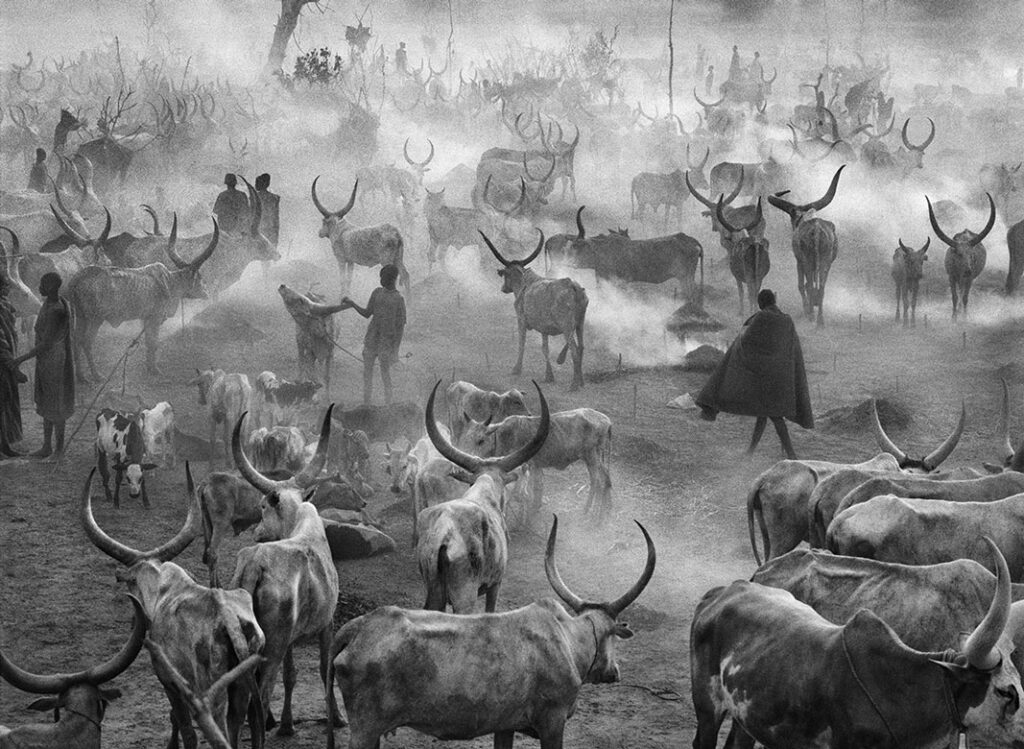
Salgado‘s photographs of refugees show the best and the worst of humanity. The UNICEF Ambassador and photojournalist, is famous for his personal touch in capturing the worst humanitarian crises.
After studying Economics at the University of Sao Paulo in (Brazil) and Vanderbilt University (USA), Sebastiao worked with the International Coffee Organisation for which he traveled constantly. But he loved photography and always carried a camera in his suitcase.
As an advisor to the World Bank, he traveled to Angola and Mozambique where he observed extreme exploitation. There he decided to use photography to show the world this reality and in 1973 he left his job to become a professional photographer. Since then, he has never stopped traveling. He teamed up with the best agencies: Magnum Photos, Sygma and Gamma. In 1994, he founded the Amazonas Images Agency, with his wife, Lélia Wanick.
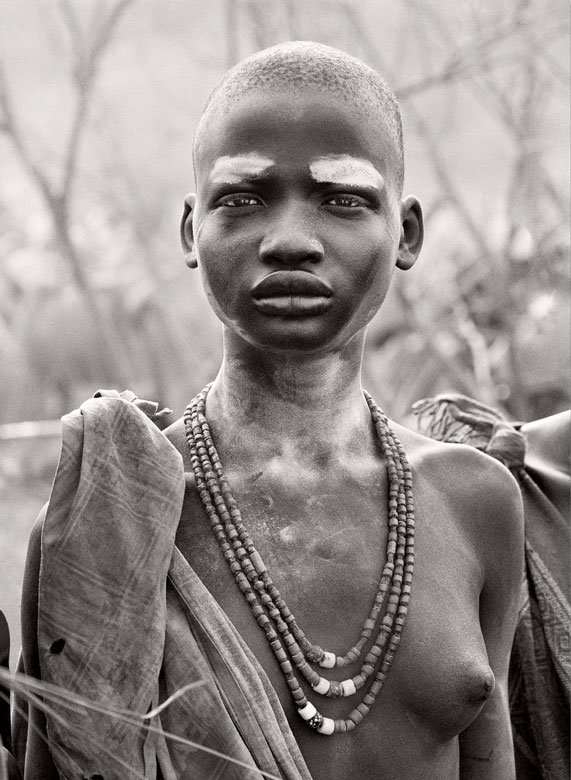
He dedicated his first projects to show the miserable conditions of work in Africa and Latin America. Then he focused on the famine and drought crises in North Africa, especially in Ethiopia.
Sebastiao Salgado was an eyewitness to miseries and horrors. In 1987, his first self-funded project, surprised the world causing a flood of praise and criticism. He made an amazing black and white work on the exploitation, almost animal, in a gold mine in Brazil. It was published in the New York Times magazine and removed the foundations of photo-reporting.
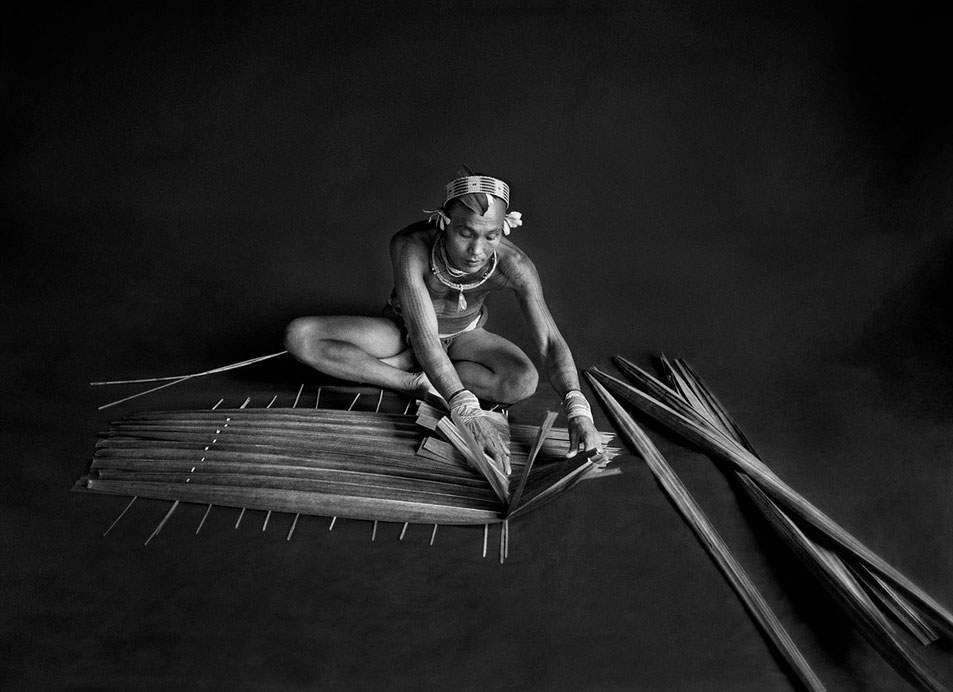
Salgado is different from all photographers. He conceives and creates his extensive projects as titanic long-term endeavours. He presents them in exhibitions and books with his very personal stamp: a strong visual coherence and a clear message for humanity.
From 1977 to 1984, Salgado traveled throughout Latin America visiting ethnic groups and tribes in remote mountain villages and the most lost jungles, which he captured in his book “Other Americas” (1986).
He traveled to 26 countries for seven years to examine the evolution of manual labor. He published “Workers“, “The Hand of Man” (1993). He focused on the growing increase of human migrations that he exposed in two books: “Migrations” and “The Children“, highlighting the most defenceless.
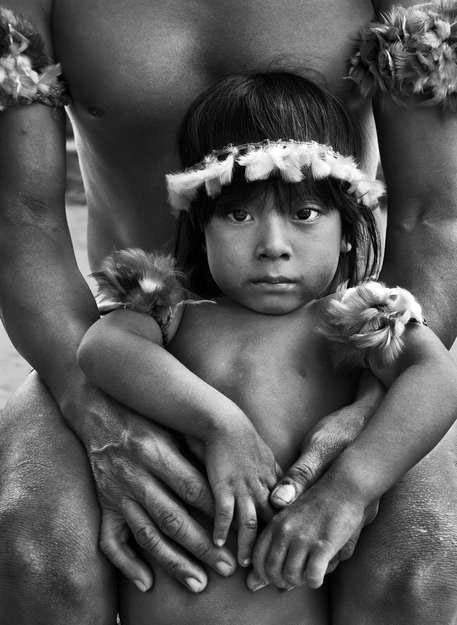
In all situations of crisis, war, misery or natural disaster, children are always the biggest victims.
But his commitment goes far beyond his photographs. In 1998, he converted a large piece of land that he inherited from his family into a nature reserve and created the Terra Institute.
In addition to photography, he works to reforest the depleted jungle of the Amazon. In 1998 he managed to convert part of his native land into a nature reserve. Together with his wife, the Terra Institute, aims to protect nature and ethnic groups in danger of extinction.
The great heart of Sebastiao Salgado leads him to collaborate as a volunteer with “Médecins sans Frontières” (Doctors with no borders) and the World Health Organization. He has been UNICEF Goodwill Ambassador for many years.
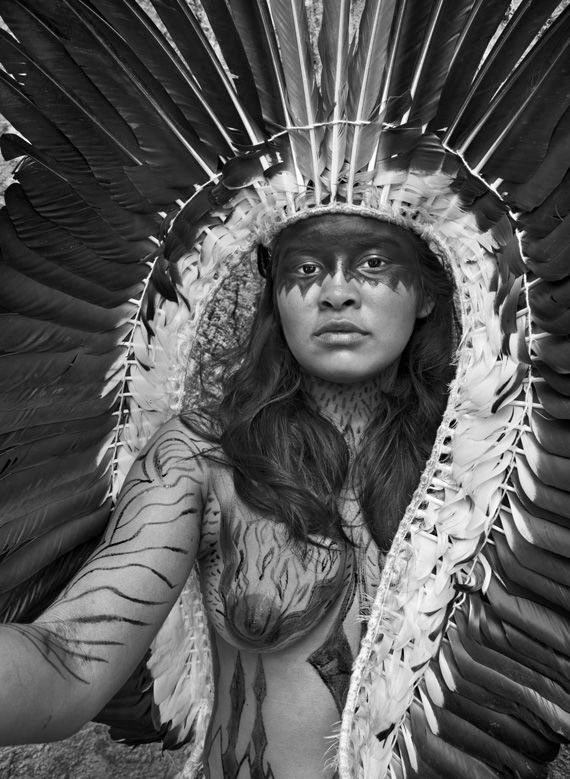
What differentiates Salgado‘s photography, in his representation of human suffering, is that he shows the inner strength of the survivors, beyond the tragedy. Behind each photograph we perceive a strong love for humanity, compassion instead of sorrow, empathy instead of morbid. He describes injustice by letting the subject himself speak through his powerful images. But this becomes an emotionally exhausting experience.
He took some of the most shocking and moving images while living with refugees fleeing the genocides in Rwanda. Deeply affected by the ethnic extermination of the Tutsi tribe by the Hutus. He took heartbreaking images of refugee victims in camps in Congo and Zaire.
Doing my work, involves living with the subjects of my photographs, sharing with them their moments of pain, witnessing the injustices they suffer and trying to find a ray of light in the midst of such dense darkness.
Precisely, the main criticism he has received is to represent genocides. They accuse him that, instead of reporting human tragedies, he “embellishes” their misery. The aesthetic quality of his photographs is undeniable. Photography can be a double-edged sword when it comes to describing tragedies.
I’m not an artist, an artist makes an object. I do not make objects, I work in history. I’m a narrator.
He has received prestigious awards: Eugene Smith Scholarship for Humanistic Photography (1982), World Press Photo (1985) and Visa d’Or, Festival Visa pour l’Image (1990). He is an Honorary Member of Art & Science Academy, USA. In 2016, he was elected in France: Member of the Académie des Beaux-Arts and Chevalier de la Légion d’Honneur.
He was guest of honor of the Master of Photography, the “Oscars” of Photography. Among the jury: Oliviero Toscani, Mark Sealy and Elisabeth Biondi, from the magazine New Yorker.
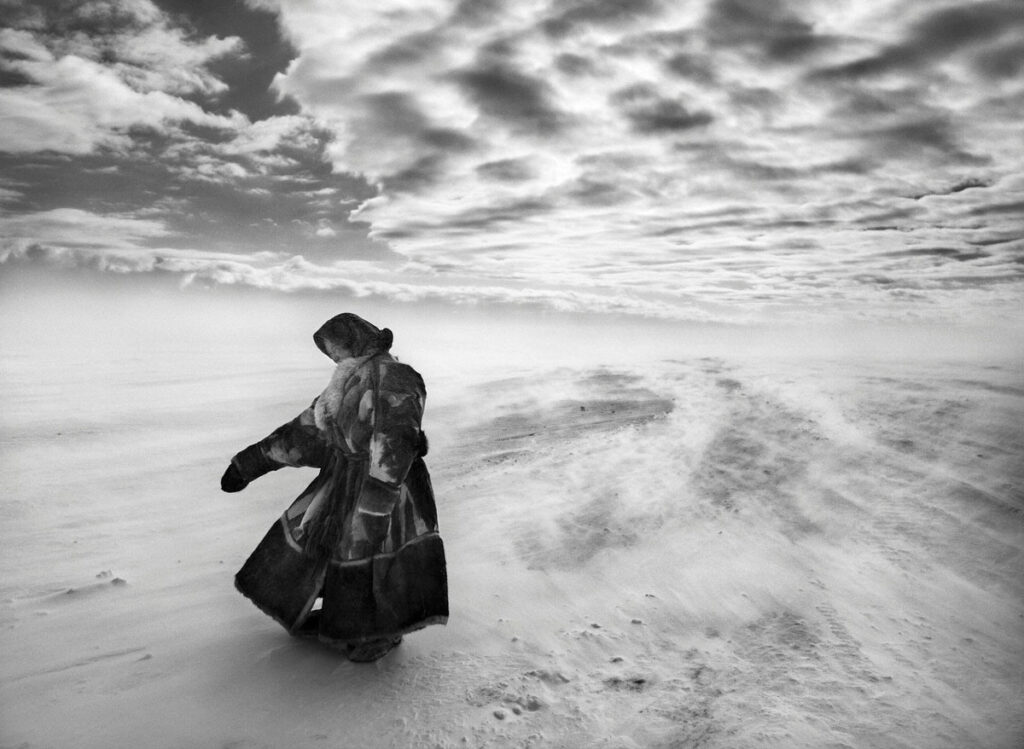
Exhausted from photographing human pain, Sebastiao Salgado switched into nature. He created a monumental project entitled “Genesis“. It is his impressive selection of the purest beauties in the planet: landscapes, fauna, flora and indigenous peoples that still live according to ancestral traditions.
It is a kind of a catalog inventory, with black and white images, collecting the best of nature, animals and primitive tribes. In 2018 they were exhibited in Paris and also in streets of other European cities, outdoors, in giant format.
His photographs are exhibited in museums and galleries around the world. He has published books such as: “Other Americas” (1986), “Sahel: l’homme en détresse” (1986), “The End of the Road” (1988), “Workers” (1993), “Terra” (1997), “Migrations” and “Children’s Portraits” (2000), “Africa” (2007), “Genesis” (2013), “The Scent of Dream” (2015), “Kuwait, a burning desert” (2016)…
In 2013 a book was published on the life and work of Salgado: “From my land to the planet“. In 2014 the documentary “The salt of life” was filmed, co-directed by Wim Wenders and Juliano Ribeiro Salgado. It won at Cannes Film Festival, the César Award (2015) and was nominated with an Oscar for Best Documentary, by the Hollywood Academy.
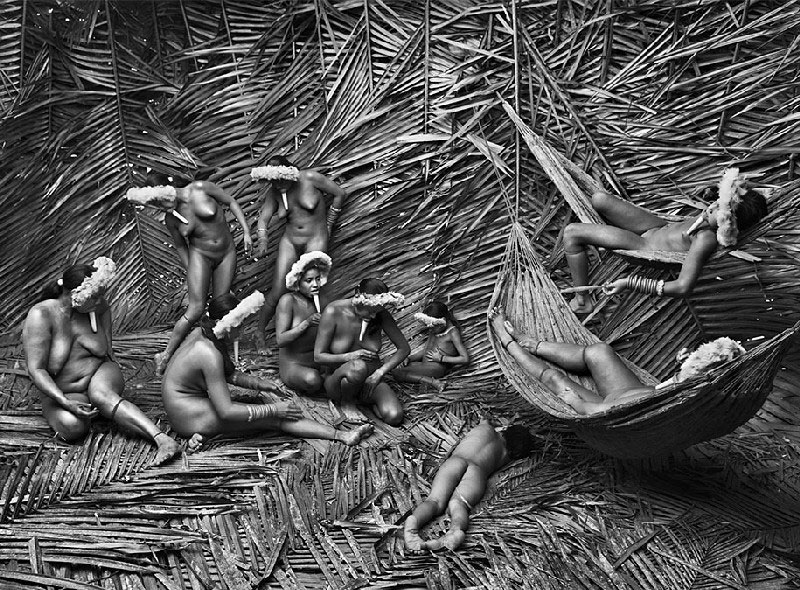
Celebrating the anniversary of the Universal Declaration of Human Rights, the Musée de l’Homme in Paris presents its latest exhibition: “Declarations: Sahara, India, Afghanistan” (2019). For Salgado, human rights are the most important ethical reference planet. They really summarise his entire life and work experience.
I wonder what will be the next project of this giant of the lens, with eyes in the soul. With his profound sensitivity, he has heard the tears and collected the purest wonders through more than 100 countries. His work, not only expresses the pain and the beauty. In addition, he aims to awaken consciences trying to repair some of the wounds of humanity and the land that he loves so much.

